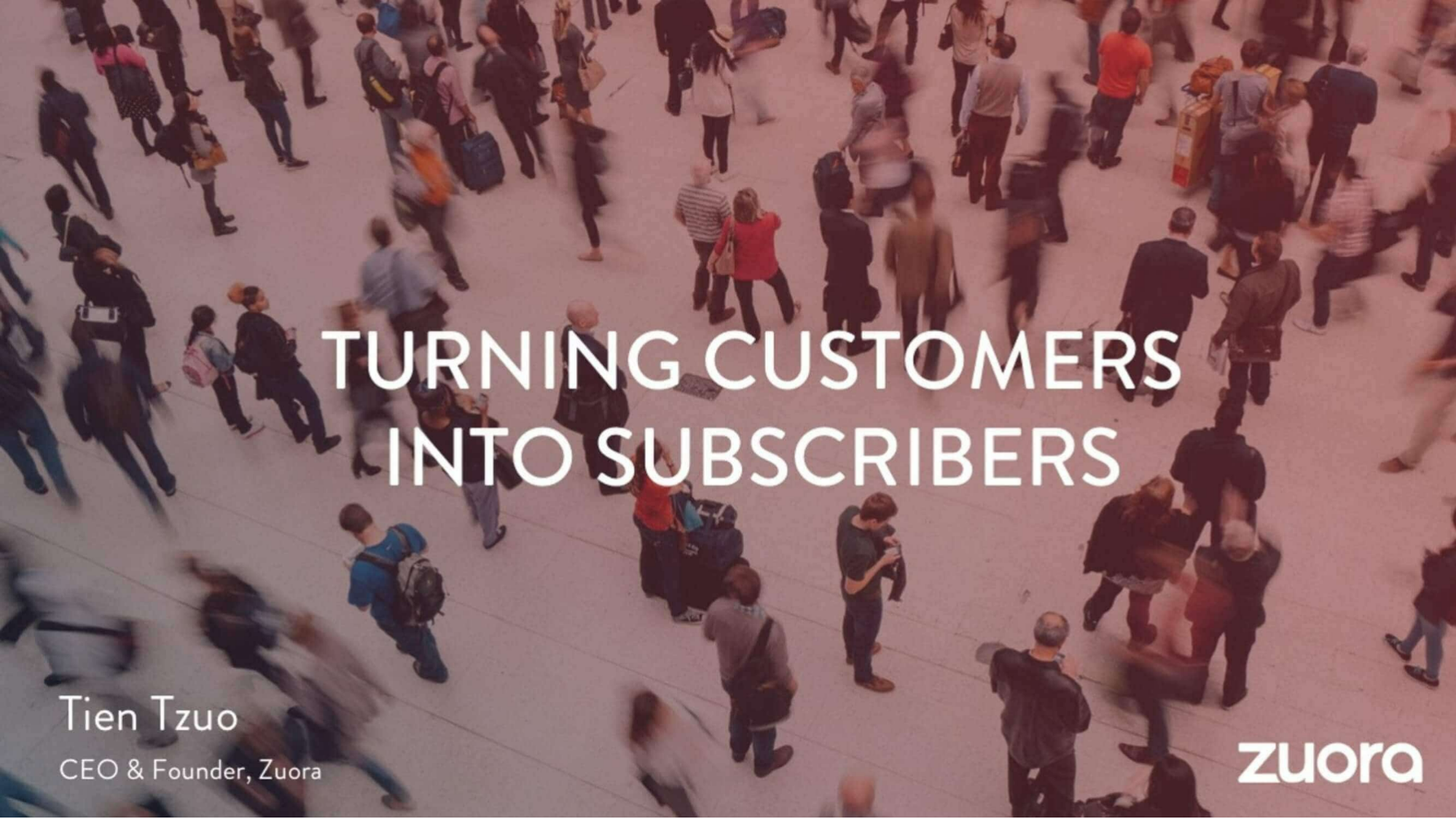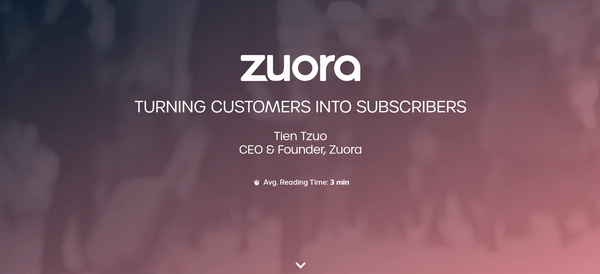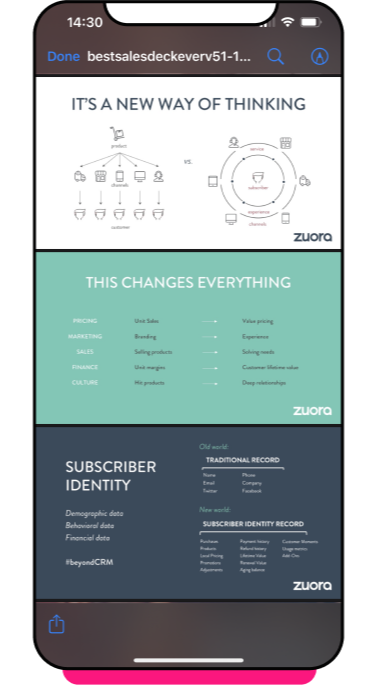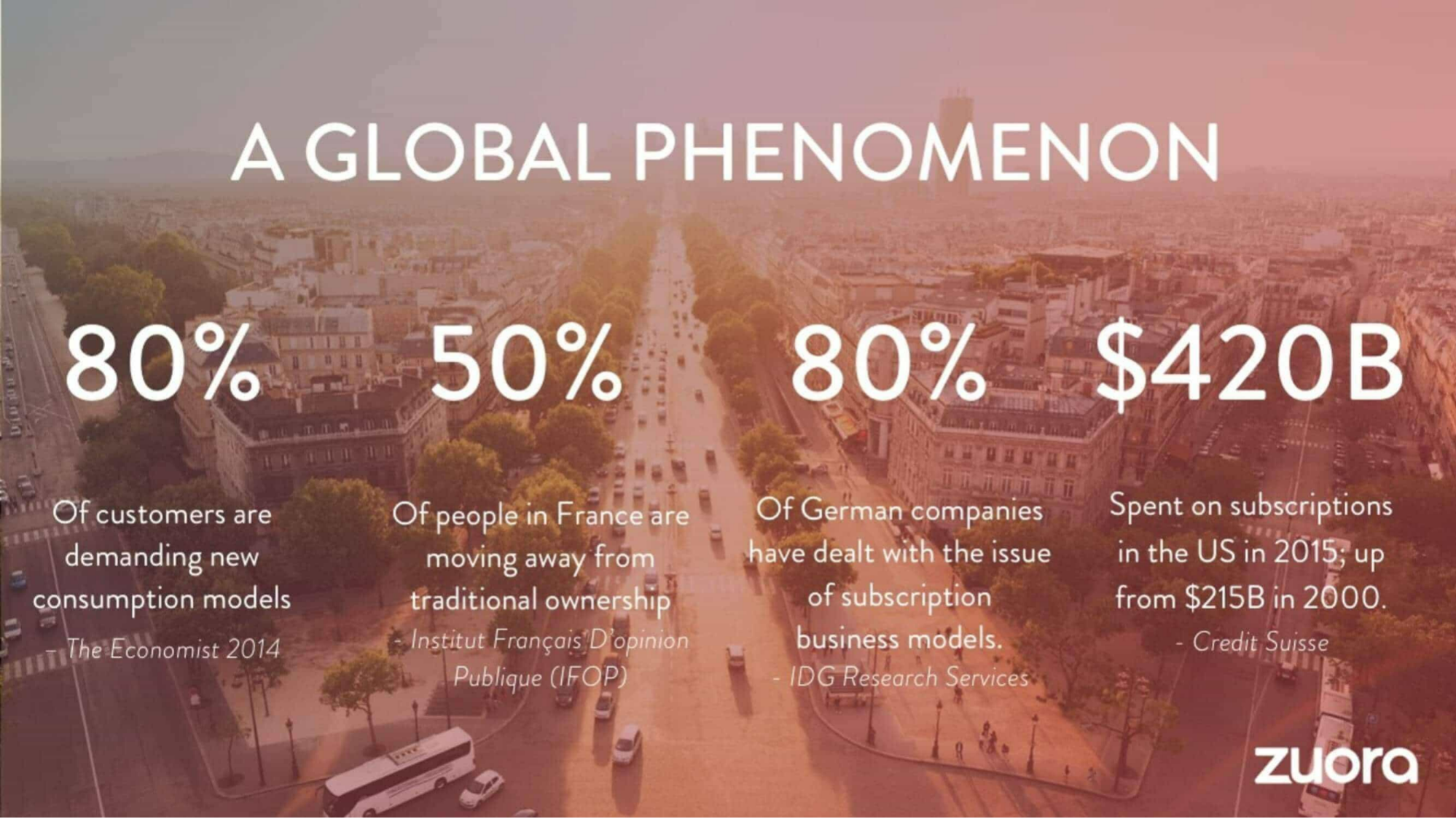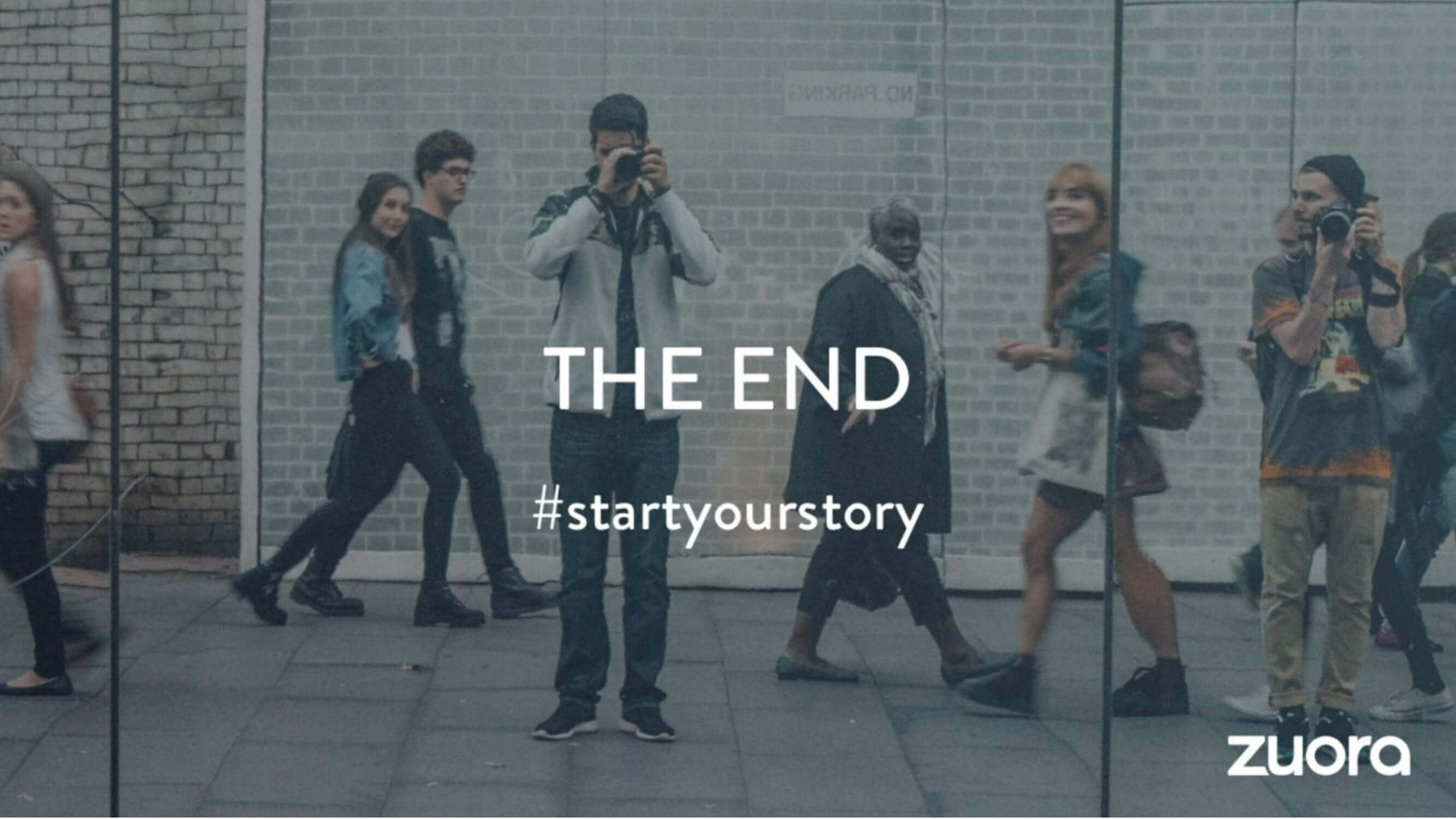This way, you’ll captivate your audience and make them stick around until the end.
2. Divide people into winners and losers
Even though change gets people’s attention, sheer interest isn’t enough to get them to ditch the status quo. In behavioral economics, this is called loss aversion—a situation in which a person would rather stick to the current state rather than risk incurring a loss by making a change.
A way to beat loss aversion is to demonstrate that the big shift in the world will divide people into 2 groups: winners and losers. In other words, adapting to this change will have a highly positive impact on the prospect. Failure to adapt will result in a miserable future for them.
This simple trick works like a charm—I mean, who’d want to be a loser?
3. Entice prospects with the “Promised Land”
Another mistake many companies make is overloading prospects with information about their product or service without providing context.
Instead, you need to tease the Promised Land—the happily-ever-after state prospects will achieve by switching to your solution.
But, in order for this to work, it needs to meet 2 conditions. (1) Prospects have to find the Promised Land desirable. (2) You have to create a sense that it’s impossible to get there without the help of your solution. Otherwise, prospects could just tune out and look for alternative ways to reach the Promised Land.
And, note the use of the word “state”. It’s important that your Promised Land isn’t your solution. It’s the outcome your solution provides. It’s what life can be like thanks to your solution.
4. Treat features as stepping stones to the Promised Land
Sales narratives aren’t that different from films or fairytales, after all.
What do the most successful stories have in common? They all take you through a gripping storyline, from discovering there’s peril on the road you tread all the way down to the Promised Land, with several obstacles along the way.
But, where does your solution fit into this? In his original post, Andy Raskin used the perfect metaphor to illustrate this. He likened Zuora’s solution to the fairy godmother, helping Cinderella get to the ball by casting spells.
Instead of bombarding prospects with technical aspects of your solution, you need to position your solution’s features and capabilities as stepping stones to the Promised Land you teased earlier in the deck.
Not only does it sound less salesy, but it reinforces the belief in your solution as the only one capable of getting prospects to the desired state.
5. Prove that you can deliver on your promises
Finally, you need to make a promise: anyone who chooses to join you will reach the Promised Land.
But, the road to the Promised Land is winding, rocky, and littered with obstacles. So, if at this point prospects are still a little skeptical, they have every right to. The last thing that’s left is to show proof that you’re going to deliver on your promises.
Our own data here at Storydoc supports that Andy was right. We always recommend our customers add a “trust slide” right before the end. We saw that a customer quote or a slide with customer logos increases the conversion rate of the deck.











